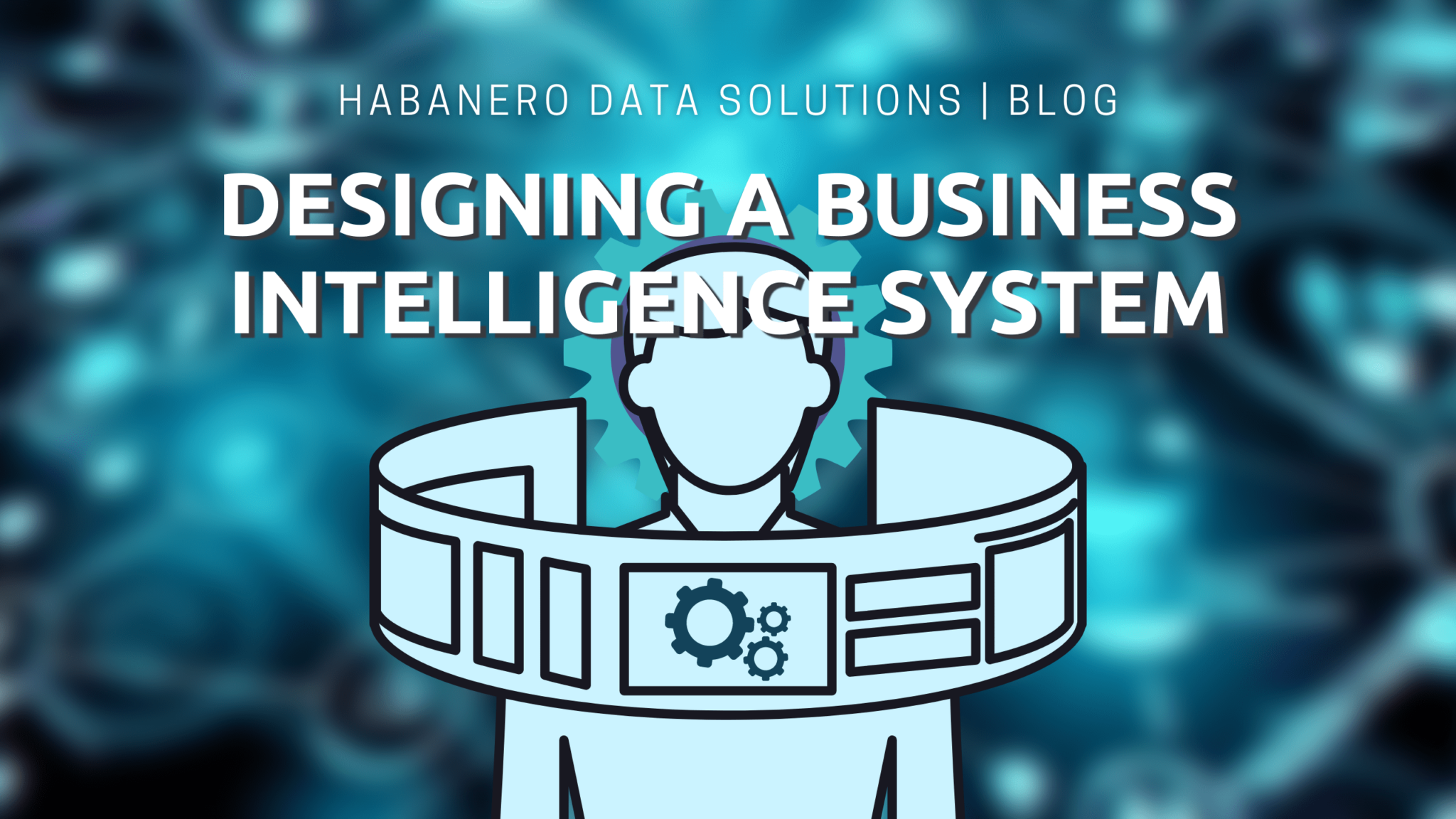Business Intelligence systems are very complicated. Yet, they are required in today’s business world. Managed information systems aren’t as relevant as they used to be. Business intelligence is now the tool in which the enterprise competes with. How do you design a BI system or decide what packages you need when you buy one? Here are some key points to consider when designing your new BI system.
Cost
BI systems can be very expensive. Not all businesses need the same features or the same kind of business intelligence, though. It’s important to consider the return on investment of the BI system. Make sure you aren’t overspending on your tech needs.
CRM Built-in
Customer relations management is a must today. There is no way around it. Businesses need to be able to see what is going on with their customers, understand their trends, and adjust the business accordingly. A business intelligence system that cannot perform CRM duties is not a worthwhile BI system.
Dashboards
Make sure that you are able to use the data from a BI system in a meaningful way. The primary means of interacting with a BI system is through dashboards. If users can’t understand the dashboard, or they have to piece together information on their own, the BI system isn’t doing its job. You need to have a business intelligence system that is easy to create and modify reports and dashboards. Tableau and QlikView are really good examples of companies that have designed BI systems that are very easy to use and understand.
Data Warehousing
Make sure that any Bi system has the capability to interact with your data warehouse. Be careful of this one. Though data warehousing may seem like a static topic, we are now in the age of big data. Data warehousing is being transformed into data lakes where information isn’t necessarily organized and clean. Systems like Hadoop build organized data on-demand from the chaotic data lake. Make sure the BI solution you design is capable of understanding and working with such systems. Big, organized data is a very old practice that will soon become obsolete as processing power goes up and costs of processing go down. The more ability we have to organize and clean random data on demand, the more systems like data lakes will take over.
Capture The Whole Business
There isn’t a point of trying to utilize business intelligence unless you capture the entire business in your data set. BI depends on the ability to pull data from every piece of the business. It needs to be able to see what is happening with your customers and when, unit sales, unit production, production bottlenecks and processes, past business deals, supplier information, the weather, etc… Business intelligence systems need access to as much data as possible. Make sure the BI system you design is able to fit into all parts of the business.
Extensibility
The business will evolve over time. All businesses need to or they will fail. As the business evolves, the business intelligence systems need to be able to evolve too. Make sure to design a way for BI systems to adapt as they are required to for the future.


